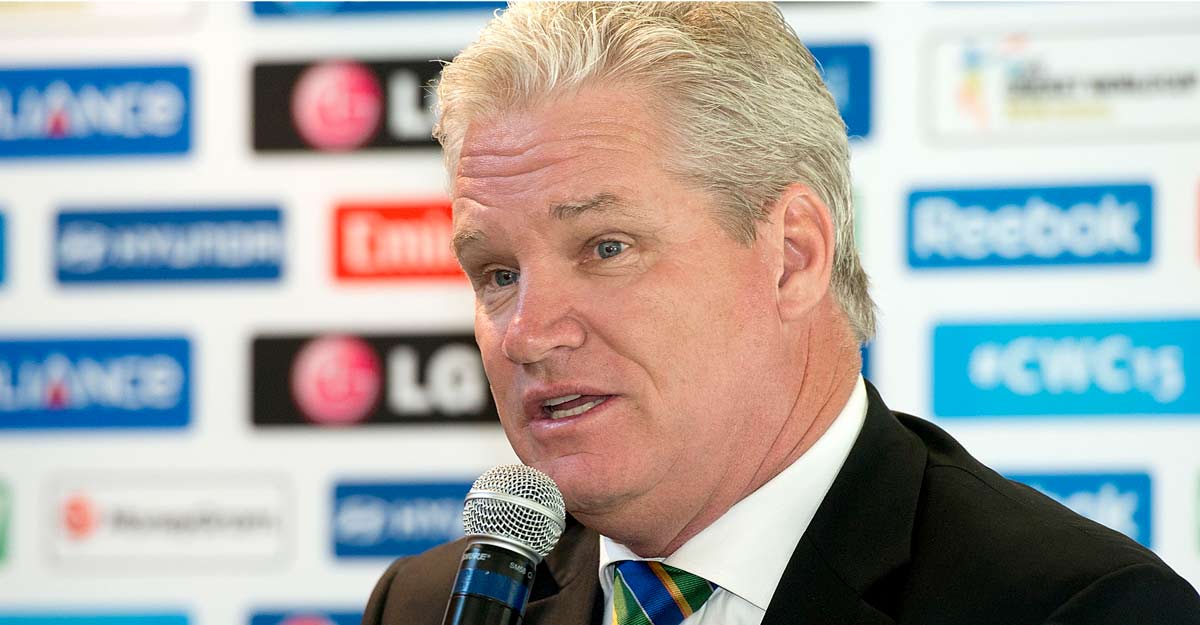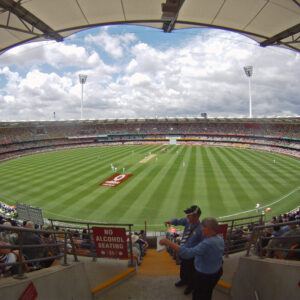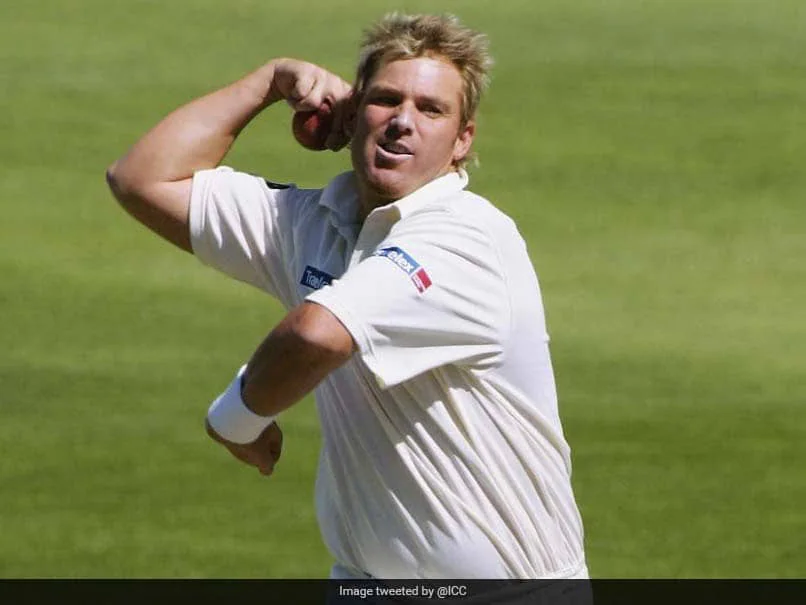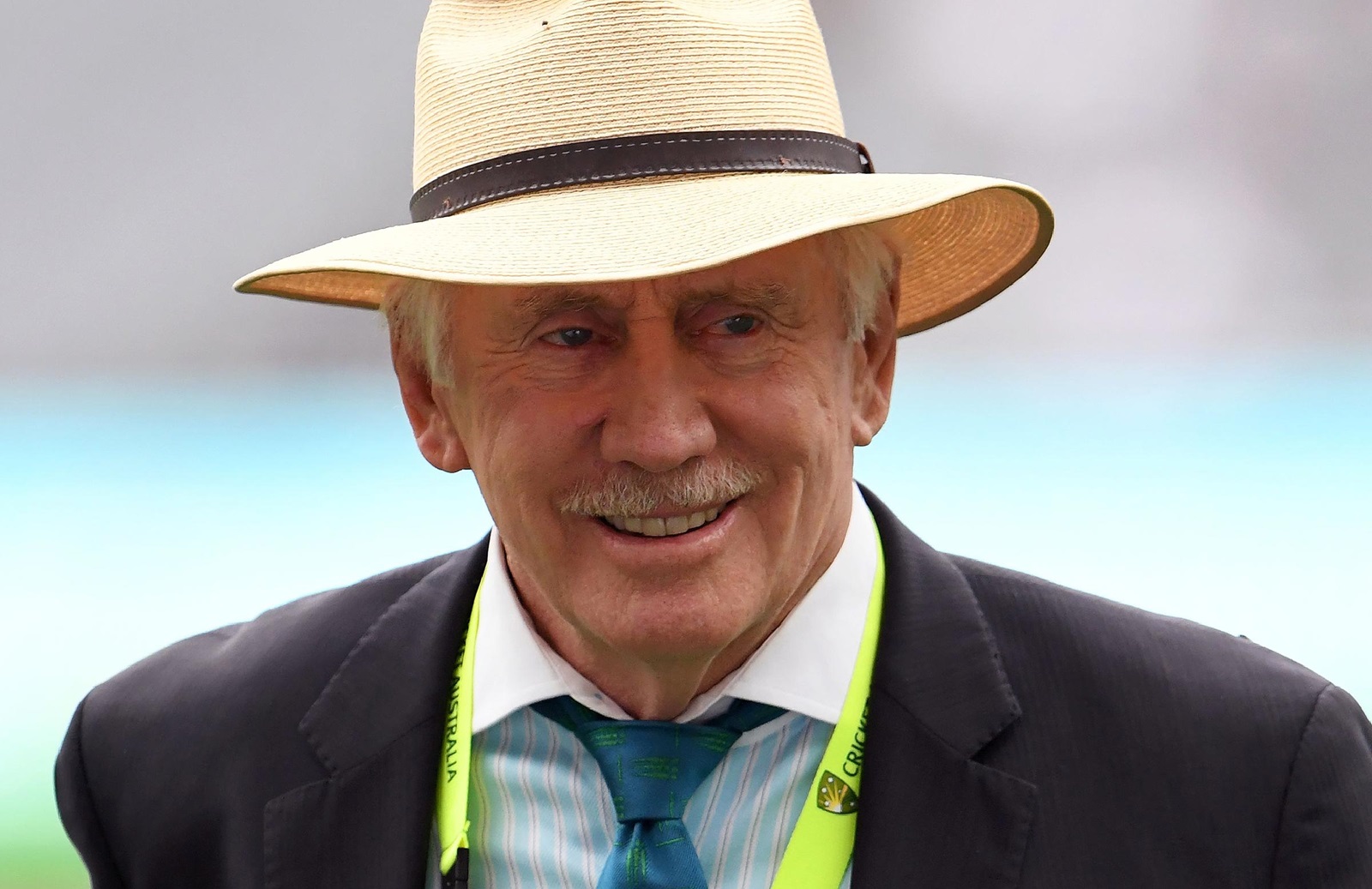Dean Jones, the mercurial batsman, has left this world leaving the cricketing world much poorer without his presence. Tributes have flown from current and former players throughout the world. Everyone had only good things to say about Jones. He had been a special player during his career. He was a true entertainer. I am pretty certain that Aussies would have flocked to the stadium just to watch Jones bat. Everyone who has seen Dean Jones bat will always remember his freestyle batting. Back in the 80s and 90s, when the game used to move at a leisurely pace, especially in Test cricket, Jones came into the picture as a breadth of fresh air. This is a tribute to Dean Jones.
Dean Jones’s test career
Dean Jones made his Test debut against the West Indies in Port of Spain. He did not disgrace himself in his debut innings especially taking into account the strength of the opposition’s bowling. West Indies had the likes Garner & Marshall and for a young debutant and that too away from home, to play against such high quality attack will always be a daunting prospect. Australia towards the time Jones made his debut were reeling, by Australian standards, after quite a few top players like Greg Chappell, Rod March, Kim Hughes and a few others retired. It was left to Allan Border to revive the team. He brought in a lot of youngsters and Jones was one among them. It is difficult to say whether Australia gained because of Jones or Jones gained because of playing for Australia. Such had been his impact as a top order batsman.
Jones’s career
Jones started his career in the lower middle order. Infact, in the first test, he was more of a tailender than a proper batsman. However, in the very next series, he was promoted to the crucial spot of Number 3 and that is where Jones created a mark not only for himself but for the position itself. His famous innings of 210 in Chepauk will be etched in the minds of everyone who witnessed that marvellous innings, forever. It is a well known fact that for more than half of his innings he played with high fever and severe dehydration. In that test, Jones announced his arrival on the international stage in a grand manner.
Subsequently, Jones played several remarkable innings against the likes of Akram, Waqar, Hadlee to name just a few. It was not clear the reason Jones was dropped from the Australian squad because in the last 7-8 innings, he had a couple of 100s and a couple of 50s. Something greater than cricket must have been the reason for him to be dropped.
Jones’s impact in one day games
Jones’s real impact were in One Day International. He literally transformed how the game is played in the middle overs. Jones played most of his career in the huge grounds of Australia. The boundaries weren’t so short like how it is now. An all run 4s and 5s was quite common in those big grounds. Jones remained extremely fit during his career that he was easily able to convert ones into twos and twos into threes. Anyone who plays with Jones will also have to be supremely fit to be able to run alongside him. Strike rates in excess of 90 was almost unheard of in the 80s and 90s.
Jones not only managed such high strike rates but there were lot of games in which he managed more than 100 strike rate. When Jones bats at that pace, he completely demoralised the opposition. When the Jones can rightly be called as a legend of the Australian One Day cricket. For the opposition, Jones’s wicket was always key to keep the Australia’s score within manageable proportion.
Jones the power player
There weren’t that many power players before the arrival of Dean Jones. Vivian Richards was towards the end of his career. However, Richards cannot be designated as a power hitter because his game was more of sheer timing aided by force. There was a Kapil Dev or Ian Botham but they were bowlers who were expected to score runs quickly. I cannot recall a single top order batsman who consistently scored at a high rate and that too with great athleticism. Jones was also a supreme fielder to go with his high octane batting. A combination that makes him every captain’s delight. The cricketing world have lost a batsman who will be remembered for a very long time.
Our other articles that maybe of interest
In praise of England cricket team



